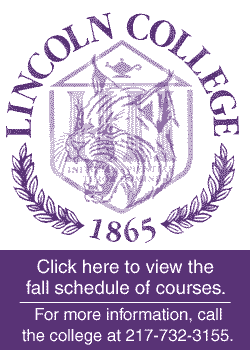|
In
his book "Make Your Own Living Trust," Denis Clifford
explains how to create a legal document known as a living trust.
These documents help you maximize the amount of your estate that
you can leave to your heirs by avoiding the costly and
time-consuming process of probate court and estate taxes. The
author writes that a living trust "enables people with small
or moderate estates…to transfer their property after their death
to whomever they want to have it, without any attorneys or court
involvement."

Clifford
defines small or moderate estates as those with a net worth of
less than $675,000 to $1,000,000 (depending on the year of death).
This
book is actually a workbook that helps individuals and families
create a living trust document to avoid probate court, reduce
estate taxes and protect assets. The book is divided into 17
chapters, each one concentrating on a separate component of the
living trust process. Within the chapters are several different
topics of discussion that support the chapter’s overall theme.
The chapters include general information on living trusts, types
of trusts, trustees, choosing beneficiaries, minors/young adults,
preparing the document, what happens after you die, wills and
expert help.

Chapter
2, "Human Emotions and Living Trusts" is important
because it addresses the delicate subjects of second marriages,
disinheriting a child and leaving unequal amounts to children.
Chapter
4, "What Type of Trust Do I Need" answers many of the
questions raised regarding living trusts. Clifford describes the
different trusts for individuals, couples, members of a couple,
shared trusts or tax-saving trusts. The actual preparation of a
living trust is covered thoroughly in subsequent chapters.
In
Chapter 10, "Preparing Your Living Trust Document,"
Clifford advises on choosing the right form, based on your
personal and financial situation, and includes step-by-step
instructions on preparing the document.
Chapter
11, "Transferring Property to Your Trust," continues the
preparation work by describing the paperwork involved and the
numerous assets that can be included in the trust (such as real
estate, bank accounts, securities, etc.).
(To
top of second column in this book review)

|

The
preparation process is completed in Chapter 12’s "Copying,
Storing, and Registering Your Trust Document." One important
reminder from the author: It is important to have only one
"original" document — in other words, do not sign a
second copy of your living trust form. Clifford explains, "This
is because each trust document you actually sign becomes, legally, a
distinct trust document…if you revoke or change one original, that
does not revoke or change other originals."
One
of the more difficult aspects of the living trust is what to do
after the grantor has passed away. "After the Grantor
Dies" addresses the difficult questions of who serves as
trustee to the trust, the trustee’s duties, property transfer to
beneficiaries, tax issues and administration of a child trust or
custodianship.
If
after reviewing the information in this book you are still uncertain
about the living trust, Chapter 17 provides information on seeking
outside help. "If You Need Expert Help" contains advice on
hiring an attorney or other expert, the fees that you may incur, and
how to aid the process through your own legal research.

"Make
Your Own Living Trust" is one of the most complete and
comprehensive sources available for planning your own living trust.
Although the book is indexed, the descriptive table of contents
makes it easy to search for information. The glossary contains an
alphabetized list of legal terms used and their definitions.
One
of the book’s most important features is the list of sample forms
included in the appendices. Appendix A contains the forms on a handy
CD-ROM disc; the user simply installs the disc onto a computer,
retrieves the desired form, fills in the blank areas with the
necessary information and prints out a hard copy. Appendix B
contains the same forms that appear on the disc but are reprinted in
the book for reproduction and editing. The forms that are located in
the appendices include basic living trusts, assignment of property,
amendments, revocations and basic wills.
In
his introduction Clifford explains the true value of this book:
"Even if you decide to get an expert’s help with preparing
your living trust, you’ll benefit greatly by comprehending the
basic issues and objectives involved. The information you gain by
reading this book will enable you to deal with a professional to get
the help you really need, for a reasonable fee."
"Make
Your Own Living Trust" is highly recommended as a financial
tool in planning the disposition of your estate.
For
more information, visit the library at 725 Pekin St. or call
217-732-8878.
[Richard
Sumrall, Lincoln Public Library District]
|

